
Saddar: The Heartbeat of Rawalpindi
Discover Saddar in Rawalpindi: A vibrant blend of history, shopping, and culinary delights perfect for tourists seeking an authentic Pakistani experience.
Saddar, located in the bustling city of Rawalpindi, Pakistan, is a vibrant neighborhood that offers a rich tapestry of history, culture, and modernity. Known for its lively streets and historical architecture, Saddar is an essential destination for any tourist looking to experience the true essence of Rawalpindi. The area is a shopping haven with a wide array of markets and bazaars. From traditional Pakistani garments to modern electronics, you can find almost anything in Saddar. The Raja Bazaar, in particular, is a must-visit for its eclectic mix of shops and street vendors. The vibrant atmosphere and the sound of bargaining shoppers make it a unique experience. Saddar is also home to several historical landmarks. The Rawalpindi Railway Station, built during the British colonial period, stands as a testament to the city's rich past. Nearby, you can find the Army Museum, which offers a deep dive into Pakistan's military history. The museum's exhibits provide fascinating insights and are a great way to spend an afternoon. Food lovers will find Saddar to be a culinary paradise. The neighborhood boasts a variety of eateries, ranging from high-end restaurants to street food stalls. Whether you're craving traditional Pakistani dishes or international cuisine, Saddar has something to satisfy every palate. Be sure to try the local specialties like biryani and kebabs. In the evenings, Saddar transforms into a lively hub of activity. The streets are filled with locals and tourists alike, enjoying the cool night air and the many entertainment options available. From cinemas to cafes, there's always something to do in Saddar after the sun sets.
Local tips in Saddar
- Visit early in the morning to avoid the crowds and get the best bargains at Raja Bazaar.
- Wear comfortable shoes as you will be doing a lot of walking.
- Try the local street food but make sure it's from a vendor with good hygiene practices.
- Keep an eye on your belongings, especially in crowded areas.
- Use local currency (PKR) for easier transactions, and keep small change handy.
Saddar: The Heartbeat of Rawalpindi
Saddar, located in the bustling city of Rawalpindi, Pakistan, is a vibrant neighborhood that offers a rich tapestry of history, culture, and modernity. Known for its lively streets and historical architecture, Saddar is an essential destination for any tourist looking to experience the true essence of Rawalpindi. The area is a shopping haven with a wide array of markets and bazaars. From traditional Pakistani garments to modern electronics, you can find almost anything in Saddar. The Raja Bazaar, in particular, is a must-visit for its eclectic mix of shops and street vendors. The vibrant atmosphere and the sound of bargaining shoppers make it a unique experience. Saddar is also home to several historical landmarks. The Rawalpindi Railway Station, built during the British colonial period, stands as a testament to the city's rich past. Nearby, you can find the Army Museum, which offers a deep dive into Pakistan's military history. The museum's exhibits provide fascinating insights and are a great way to spend an afternoon. Food lovers will find Saddar to be a culinary paradise. The neighborhood boasts a variety of eateries, ranging from high-end restaurants to street food stalls. Whether you're craving traditional Pakistani dishes or international cuisine, Saddar has something to satisfy every palate. Be sure to try the local specialties like biryani and kebabs. In the evenings, Saddar transforms into a lively hub of activity. The streets are filled with locals and tourists alike, enjoying the cool night air and the many entertainment options available. From cinemas to cafes, there's always something to do in Saddar after the sun sets.
Iconic landmarks you can’t miss
Ayub National Park
Discover the serene beauty and recreational activities at Ayub National Park, Rawalpindi's green oasis perfect for families and nature lovers.
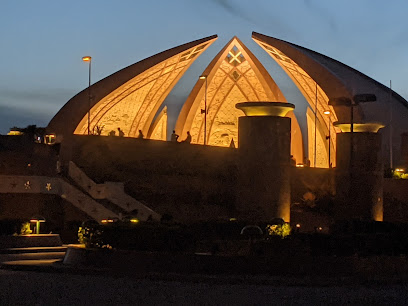
Jinnah Park
Discover Jinnah Park in Rawalpindi: a vibrant park with lush landscapes, recreational facilities, and a perfect spot for family outings and relaxation.
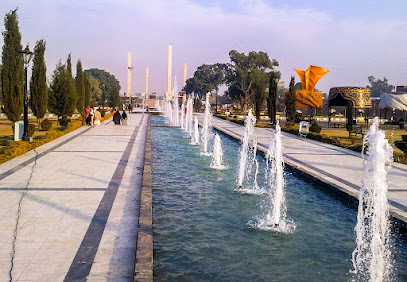
Liaquat Bagh Park
Explore Liaquat Bagh Park, a historic and vibrant green space in Rawalpindi, offering a perfect blend of relaxation and cultural experiences.
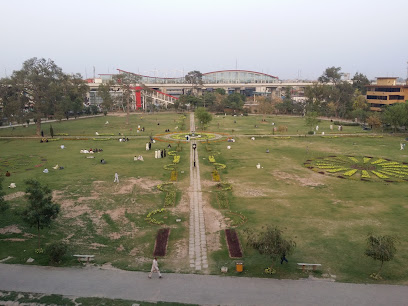
Race Course Park
Discover Race Course Park, Islamabad's vibrant park offering adventure sports, archery, and serene spaces for relaxation amidst stunning landscapes.
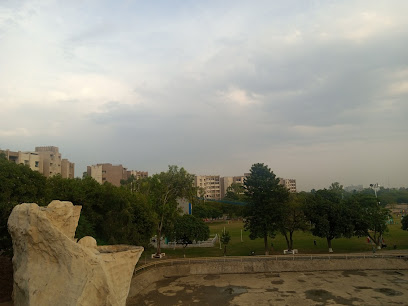
Gakhar Plaza
Explore Gakhar Plaza in Rawalpindi for an unforgettable shopping and cultural experience, blending local flavors with modern retail.
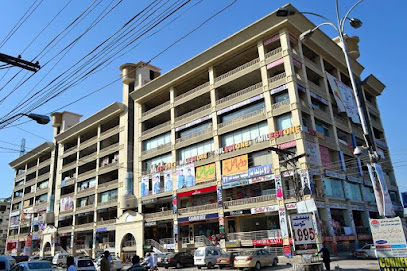
Saddar Bazar Rawalpindi
Discover the vibrant atmosphere of Saddar Bazar in Rawalpindi, where shopping, culture, and local cuisine come together for an unforgettable experience.
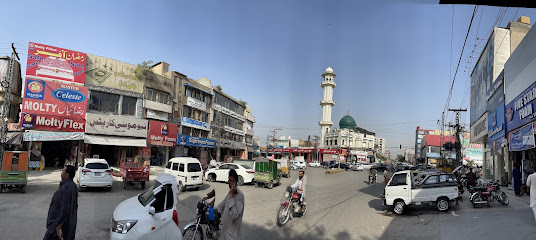
Roomi Park
Explore the tranquility of Roomi Park, a lush green haven in Rawalpindi, offering beautiful landscapes and rich historical significance for every traveler.
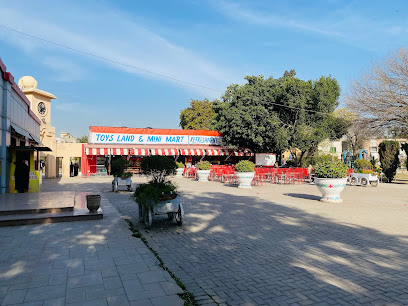
Army Museum
Explore Pakistan's military history at the Army Museum in Rawalpindi, showcasing artifacts and exhibits that celebrate the nation's armed forces.
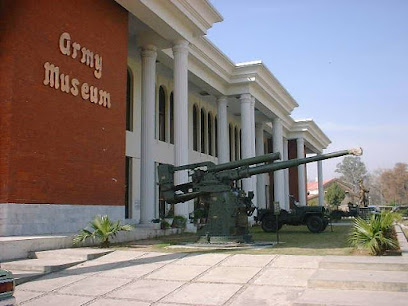
Ibn Battuta Amusement Centre
Experience endless fun at Ibn Battuta Amusement Centre, Rawalpindi's premier destination for thrilling rides, games, and unforgettable moments.

Shri Krishna Temple
Discover the spiritual serenity of Shri Krishna Temple in Rawalpindi, a stunning Hindu temple with rich cultural heritage and beautiful architecture.
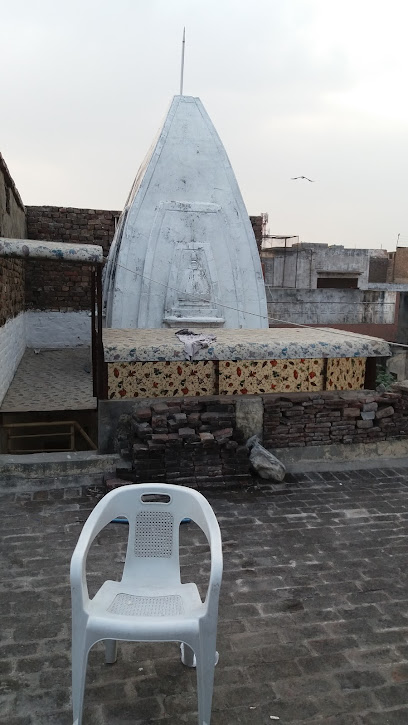
T.M. Chowk
Explore T.M. Chowk, a historical landmark in Rawalpindi, where culture, cuisine, and community converge in a vibrant urban tapestry.
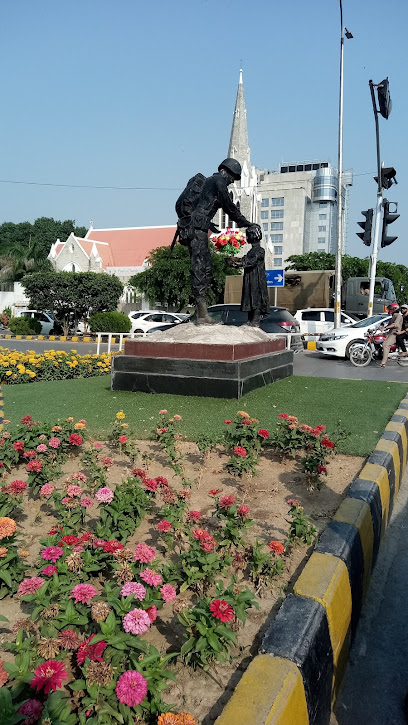
Unity Towers
Discover the architectural beauty and historical significance of Unity Towers in Rawalpindi, a must-see landmark for history lovers.
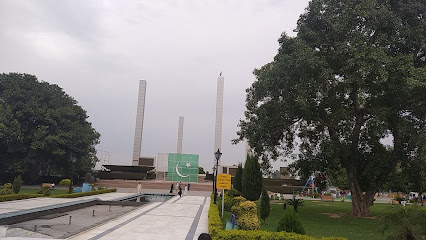
Modern Radio Building
Discover the historical significance and architectural beauty of the Modern Radio Building in Saddar, Rawalpindi – a must-visit landmark for tourists.

Zoroastrian Cemetery(1898)
Discover the Zoroastrian Cemetery: A serene historical landmark in Rawalpindi, reflecting the rich cultural heritage of the ancient Zoroastrian faith.
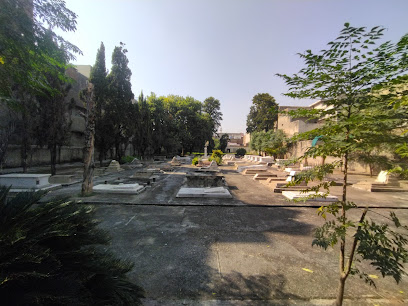
Rawalpindi Landmark
Explore Rawalpindi Landmark, a historical jewel that narrates the rich heritage and captivating stories of Pakistan's vibrant past.
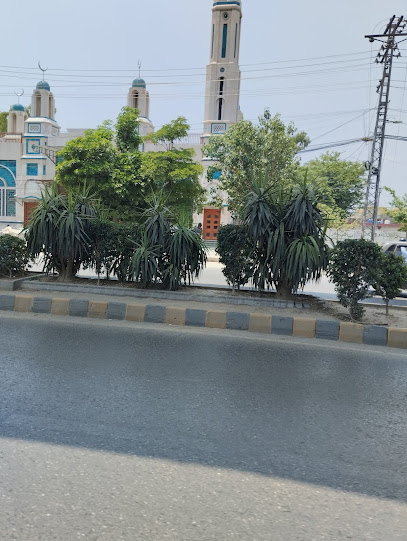
Unmissable attractions to see
Ibn Battuta Amusement Centre
Unleash your inner adventurer at Ibn Battuta Amusement Centre in Rawalpindi, where thrills and family fun await at every corner!
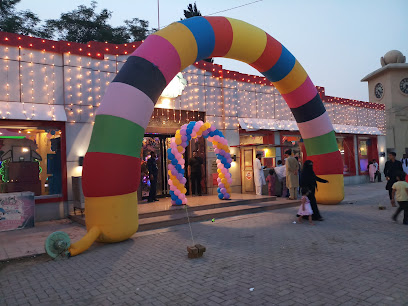
Clock Tower
Discover the historical allure of Rawalpindi's Clock Tower, a stunning landmark that beautifully reflects the city's rich heritage and vibrant culture.
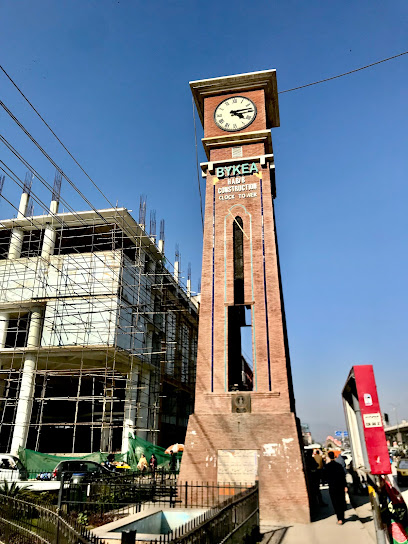
ST Aviary Rawalpindi
Experience the tranquility of bird watching at ST Aviary Rawalpindi, a serene escape into nature's beauty in Punjab, Pakistan.
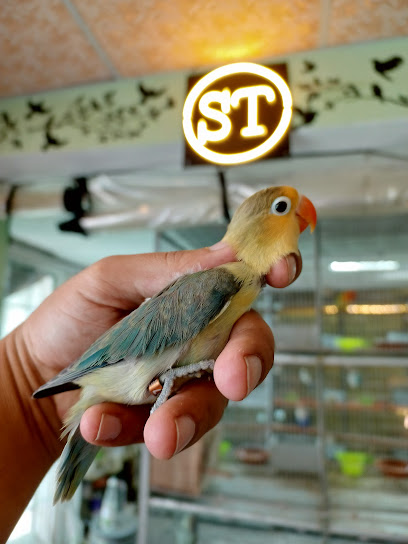
Essential places to dine
Monal Rawalpindi
Experience exquisite Pakistani cuisine with breathtaking views at Monal Rawalpindi - a must-visit destination for food lovers.
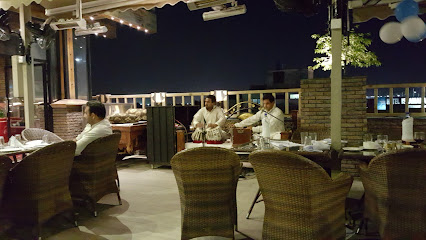
Mei Kong
Experience authentic Chinese flavors at Mei Kong in Rawalpindi's Saddar district – where every dish tells a story.
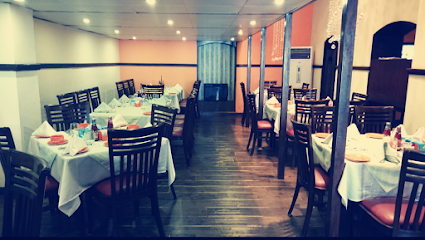
Aseel Shinwari Restaurant
Experience authentic Pakistani cuisine at Aseel Shinwari Restaurant in Rawalpindi—where tradition meets taste.
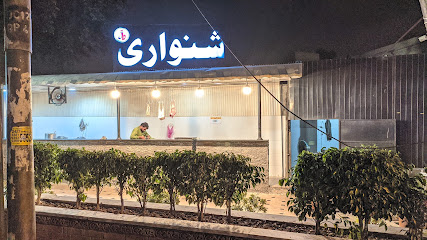
Jahangir Restaurant
Experience authentic Pakistani cuisine at Jahangir Restaurant in Rawalpindi's bustling Saddar district.
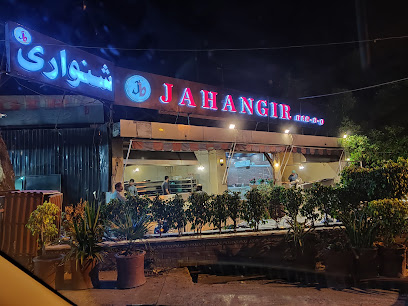
Corner Foods
Experience authentic Pakistani flavors at Corner Foods in Saddar - where every dish tells a story.
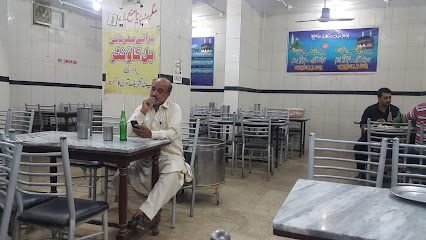
Red onion
Experience authentic Pakistani flavors with a modern twist at Red Onion in Rawalpindi.
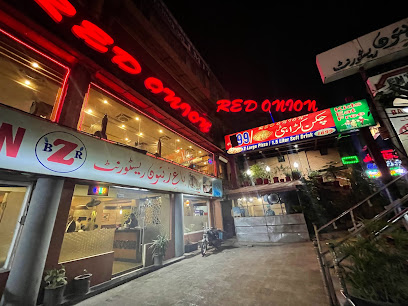
Nawab Tikka House نواب تکہ ہاوس
Experience the authentic taste of Pakistan at Nawab Tikka House - where every bite tells a story of tradition and flavor.
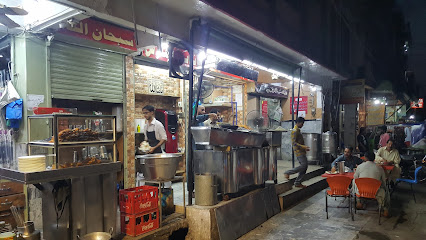
Fresco Restaurant
Discover exquisite flavors at Fresco Restaurant in Rawalpindi—where local delights meet international cuisine in a cozy setting.

Raees Shinwari Restaurant
Experience the true taste of Pakistan at Raees Shinwari Restaurant in Rawalpindi - where authentic flavors meet exceptional service.
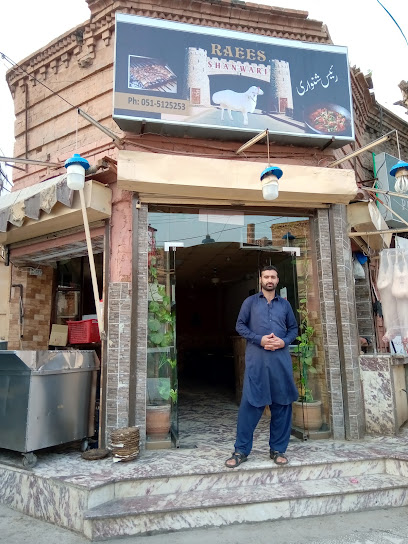
Classic Hotel & Restaurant
Experience authentic Pakistani cuisine at Classic Hotel & Restaurant in Saddar, Rawalpindi – where tradition meets taste.
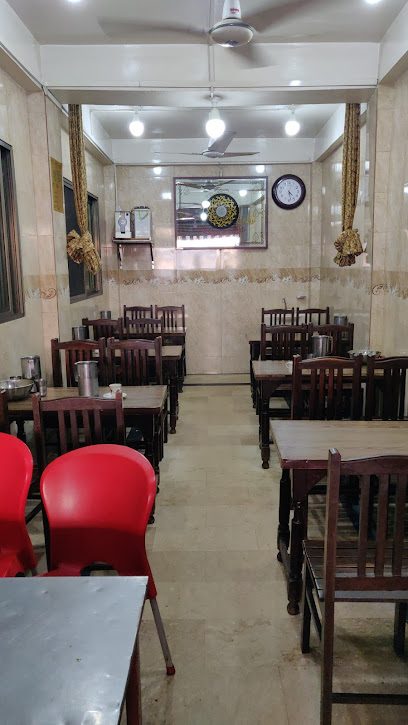
Markets, malls and hidden boutiques
City Centre
Discover the bustling City Centre of Rawalpindi, a vibrant shopping district filled with unique clothing stores and local culture.
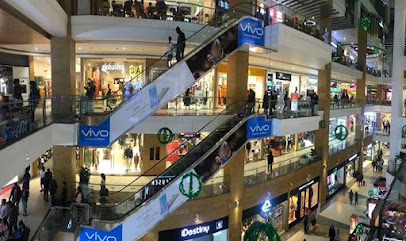
Rabi center saddar
Explore Rabi Center Saddar in Rawalpindi for a unique shopping experience featuring the latest in women's fashion and local designs.
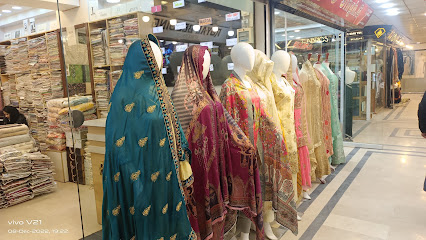
Sha Posh
Discover the latest trends at Sha Posh, a vibrant clothing store in Rawalpindi's bustling Saddar district, offering a variety of stylish apparel for all occasions.
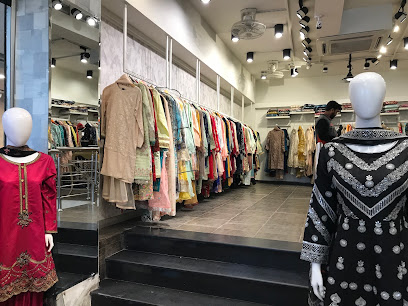
Haroon's
Explore Haroon's in Rawalpindi for unique gifts and authentic Pakistani souvenirs that celebrate the region's rich culture and artistry.
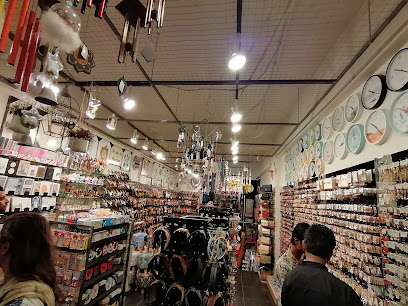
Ethnic
Explore Ethnic in Rawalpindi for unique clothing that blends traditional craftsmanship with contemporary design, perfect for cultural fashion enthusiasts.
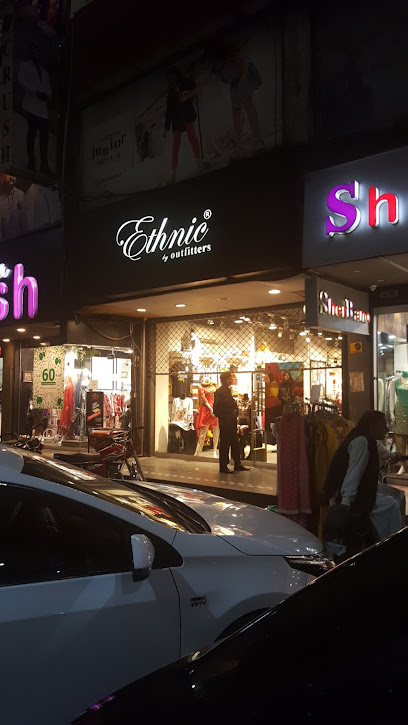
One Dollar Store
Explore One Dollar Store in Saddar, Rawalpindi - a unique shopping destination offering a vast array of affordable items for every traveler.
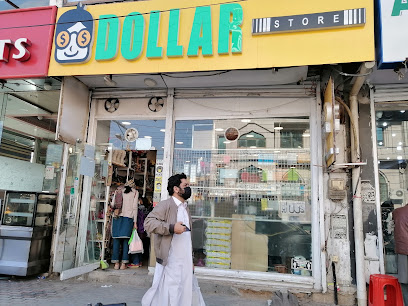
Unique Suiting
Discover a blend of traditional and modern fashion at Unique Suiting in Rawalpindi, where style meets cultural elegance.
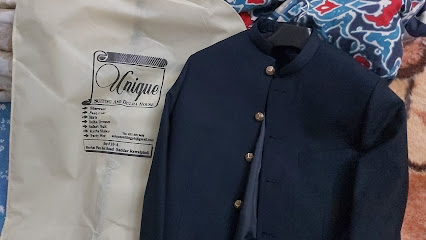
Firdous Concept Stores
Discover the finest in clothing at Firdous Concept Stores, where style meets quality in Rawalpindi's vibrant Saddar district.
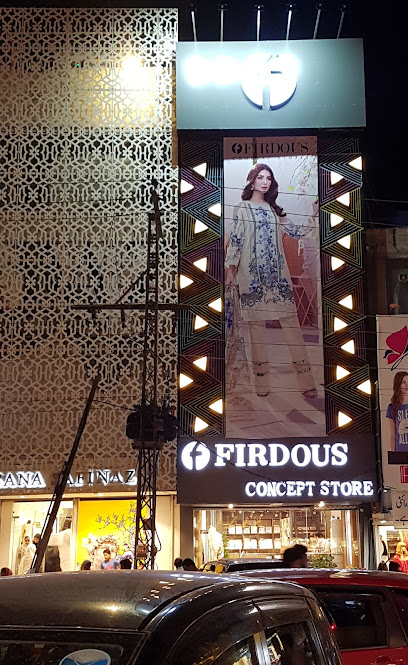
aks boutique
Explore Aks Boutique in Rawalpindi: A treasure trove of Pakistani fashion, offering unique designs and a glimpse into local craftsmanship.
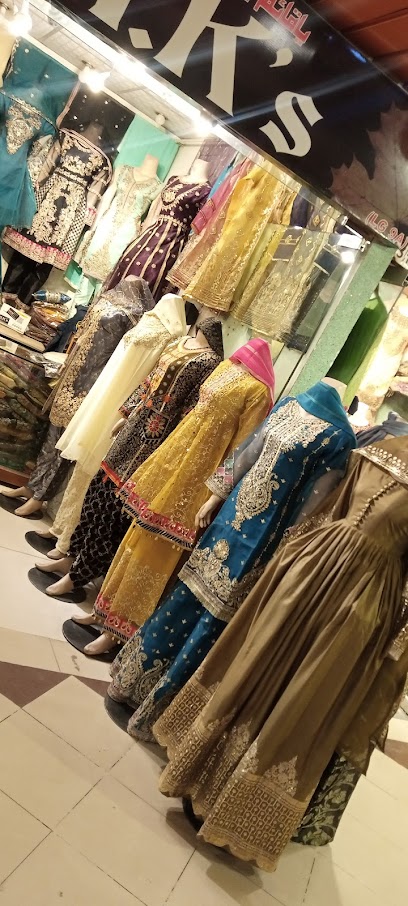
Souk Wears
Explore a diverse selection of clothing and accessories at Souk Wears, the fashion hotspot in Rawalpindi, Pakistan.

Essential bars & hidden hideouts
Vortex Reborn Gaming Lounge
Discover the ultimate gaming experience at Vortex Reborn Gaming Lounge, Rawalpindi, where technology meets community for gamers of all ages.
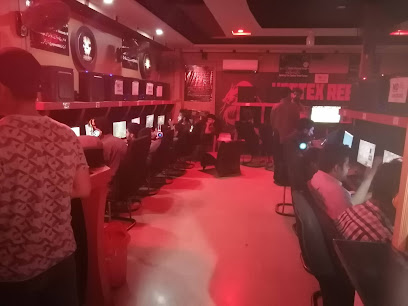
Phoenix Snack Bar
Experience the authentic taste of Pakistan at Phoenix Snack Bar in Rawalpindi, where local flavors and friendly service create an unforgettable dining experience.
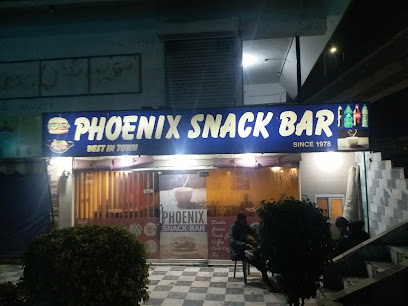
Munchies Snack Bar
Discover Rawalpindi's vibrant fast food scene at Munchies Snack Bar, where delicious meals await you day and night.
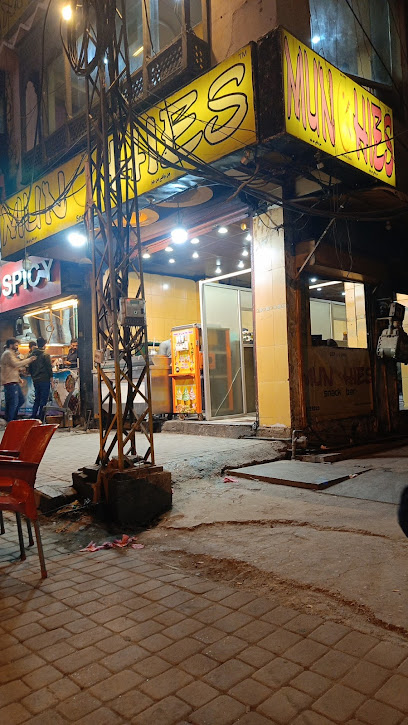
Rose Cafe
Discover the delightful flavors of Pakistan at Rose Cafe in Saddar, Rawalpindi, offering a cozy ambiance and an array of mouthwatering dishes.
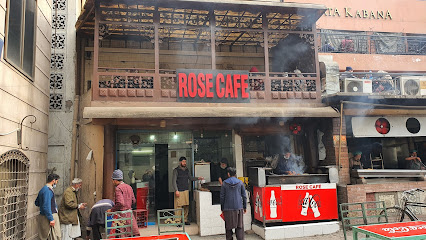
Corner Juice
Discover the refreshing flavors of Corner Juice in Rawalpindi, where fresh juices and light snacks await in a vibrant setting.
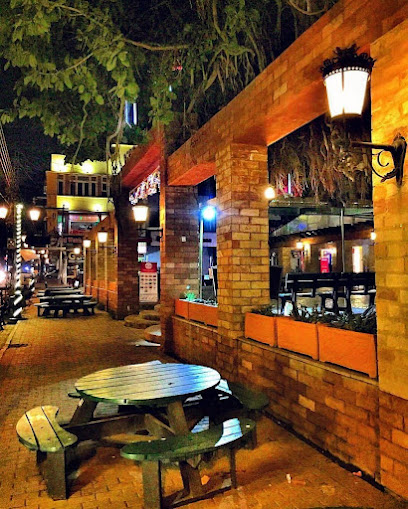
Rehman Bhayya Tikka House
Experience the rich flavors of Pakistani grill cuisine at Rehman Bhayya Tikka House in Rawalpindi, where every bite tells a story.
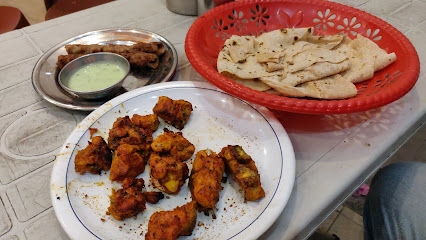
Spicy2Night
Discover the vibrant flavors of Rawalpindi at Spicy2Night, where fast food meets local charm in a casual dining experience.
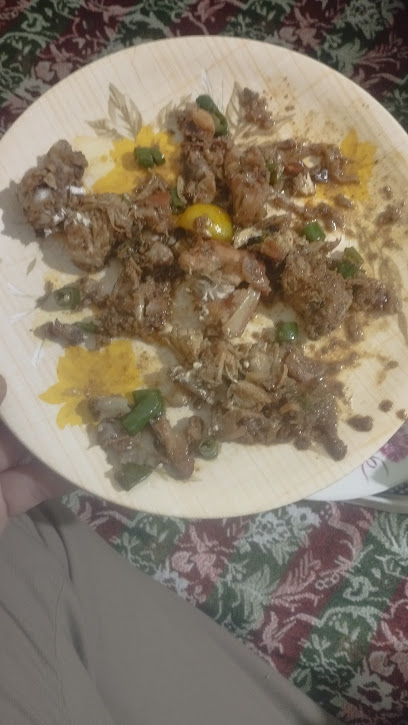
Gujranwala foods Corner n Bar
Discover the rich flavors of traditional Pakistani barbecue at Gujranwala Foods Corner n Bar in Rawalpindi, where every bite tells a delicious story.
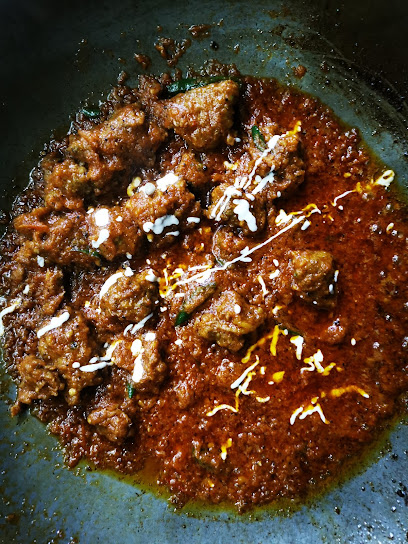
E-in-C Branch Cafe
Discover the charm of E-in-C Branch Cafe, a cozy bar in Rawalpindi offering a perfect blend of drinks, ambiance, and local culture.

Nadeem Pan Shop
Discover the exquisite taste of authentic paan at Nadeem Pan Shop, a cultural experience in the heart of Rawalpindi, Pakistan.
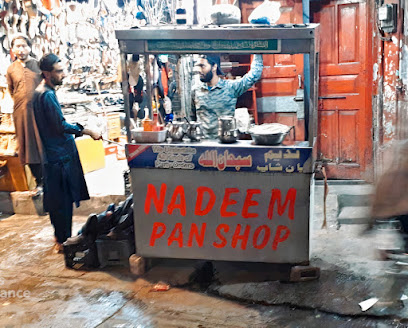
Local Phrases
-
- Helloسلام
[Salaam] - Goodbyeخدا حافظ
[Khuda Hafiz] - Yesجی ہاں
[Jee haan] - Noنہیں
[Nahi] - Please/You're welcomeبراہ کرم
[Barah-e-karam] - Thank youشکریہ
[Shukriya] - Excuse me/Sorryمعذرت چاہتا ہوں
[Mazrat chahta hoon] - How are you?آپ کیسے ہیں؟
[Aap kaise hain?] - Fine. And you?ٹھیک ہوں۔ آپ؟
[Theek hoon. Aap?] - Do you speak English?کیا آپ انگریزی بولتے ہیں؟
[Kya aap angrezi bolte hain?] - I don't understandمجھے سمجھ نہیں آیا
[Mujhe samajh nahi aya]
- Helloسلام
-
- I'd like to see the menu, pleaseبراہ کرم مینو دکھائیں
[Barah-e-karam menu dikhaiye] - I don't eat meatمیں گوشت نہیں کھاتا
[Main gosht nahi khata] - Cheers!خوش رہیں
[Khush rahain] - I would like to pay, pleaseبراہ کرم پیسہ دینا ہے
[Barah-e-karam paisa dena hai]
- I'd like to see the menu, pleaseبراہ کرم مینو دکھائیں
-
- Help!مدد!
[Madad!] - Go away!چلے جاؤ!
[Chale jao!] - Call the Police!پولیس کو بلاؤ!
[Police ko bulao!] - Call a doctor!ڈاکٹر کو بلاؤ!
[Doctor ko bulao!] - I'm lostمیں گم ہو گیا ہوں
[Main gum ho gaya hoon] - I'm illمیں بیمار ہوں
[Main bimar hoon]
- Help!مدد!
-
- I'd like to buy...میں خریدنا چاہتا ہوں۔۔۔
[Main khareedna chahta hoon...] - I'm just lookingمیں بس دیکھ رہا ہوں
[Main bas dekh raha hoon] - How much is it?یہ کتنا ہے؟
[Ye kitna hai?] - That's too expensiveیہ بہت مہنگا ہے
[Ye bohot mehnga hai] - Can you lower the price?کیا آپ قیمت کم کر سکتے ہیں؟
[Kya aap qeemat kam kar sakte hain?]
- I'd like to buy...میں خریدنا چاہتا ہوں۔۔۔
-
- What time is it?کیا وقت ہوا ہے؟
[Kya waqt hua hai?] - It's one o'clockایک بجے ہیں
[Ek bajay hain] - Half past (10)(۱۰) دس بجے کو چھے بجے
[(10) Das bajay ko chhay bajay] - Morningصبح
[Subah] - Afternoonدوپہر
[Dopahar] - Eveningشام
[Shaam] - Yesterdayکل
[Kal] - Todayآج
[Aaj] - Tomorrowکل
[Kal] - 1ایک
[Ek] - 2دو
[Do] - 3تین
[Teen] - 4چار
[Chaar] - 5پانچ
[Paanch] - 6چھے
[Chhay] - 7سات
[Saath] - 8آٹھ
[Aath] - 9نو
[No] - 10دس
[Das]
- What time is it?کیا وقت ہوا ہے؟
-
- Where's a/the...?کہاں ہے...؟
[Kahan hai...?] - What's the address?پتہ کیا ہے؟
[Pata kya hai?] - Can you show me (on the map)?کیا آپ مجھے دکھا سکتے ہیں (نقشے پر)؟
[Kya aap mujhe dikhha sakte hain (naqshay par)?] - When's the next (bus)?اگلی (بس) کب ہے؟
[Agli (bus) kab hai?] - A ticket (to ....)ایک ٹکٹ (سے .... تک)
[Ek ticket (se .... tak)]
- Where's a/the...?کہاں ہے...؟
History of Saddar
-
Saddar, Rawalpindi, developed significantly during the British colonial period in the late 19th century. The establishment of the British garrison transformed the area into a bustling administrative and commercial hub. This period saw the construction of many colonial-era buildings, which contributed to the architectural heritage of the neighborhood, blending British and local styles.
-
The partition of India in 1947 had a profound impact on Saddar and the wider Rawalpindi region. As communal tensions rose, many families were displaced, and the neighborhood became a refuge for migrants. The demographic changes brought about new cultural influences, as well as economic challenges, reshaping the social fabric of Saddar.
-
Throughout the mid-20th century, Saddar emerged as an economic center in Rawalpindi. The area became known for its markets, including the famous Saddar Bazaar, which attracted shoppers from across the region. The bazaar remains a vibrant marketplace today, reflecting the rich commercial history and ongoing economic vitality of the neighborhood.
-
Saddar has long been a melting pot of cultures, owing to its strategic location and historical significance. The neighborhood is home to various communities, each contributing to the rich tapestry of local culture. Festivals, traditional crafts, and culinary diversity are hallmarks of Saddar, showcasing the area's historical openness to different cultural influences.
-
In recent years, Saddar has seen significant urban development, with new infrastructure, shopping centers, and residential projects altering its landscape. Despite modernization, efforts have been made to preserve the historical character of the area, ensuring that the legacy of Saddar's past continues to coexist with its contemporary evolution.
Saddar Essentials
-
Saddar is easily accessible from various neighborhoods in Rawalpindi. If you are traveling from the Rawalpindi Railway Station, you can take a local rickshaw or taxi, which will take approximately 10-15 minutes. For those coming from Islamabad, the Metro Bus service is a convenient option, with stops in Saddar. Local buses and ride-hailing services like Careem and Uber are also widely available.
-
Saddar is a bustling area, and many attractions are within walking distance. For longer distances, local rickshaws and taxis are readily available. The Metro Bus service operates nearby, offering an efficient way to navigate the city. Bicycles can be rented from local shops, but be cautious of traffic. Walking is a good way to soak in the local atmosphere.
-
Saddar is generally safe for tourists, but like any urban area, it is wise to remain vigilant. Areas near the bus terminals can be crowded and are sometimes targeted for petty crimes. Avoid walking alone at night in less populated areas. Keep an eye on your belongings, especially in crowded markets.
-
In case of an emergency, dial 15 for police assistance or 1122 for ambulance services in Pakistan. Local hospitals and clinics are available in Saddar. It's advisable to have travel insurance that covers medical emergencies. For minor health issues, pharmacies are easily accessible.
-
Fashion: Do dress modestly, especially in religious or traditional areas. Don't wear revealing clothing. Religion: Do respect local customs and traditions, and be aware of prayer times. Public Transport: Do give up your seat for the elderly or pregnant women. Don't eat or drink on public transport. Greetings: Do greet with a handshake and a smile. Avoid overly familiar gestures. Eating & Drinking: Do try local food and drinks, but always ask before accepting. Don't waste food, as it's considered disrespectful.
-
To experience Saddar like a local, visit the bustling Saddar Bazaar for shopping and street food. Engage with shopkeepers, as many are friendly and willing to share stories about their products. Try local delicacies at roadside stalls, but ensure they are clean. For a unique experience, explore the local parks and engage in conversation with residents to learn more about the history and culture of the area.
Nearby Cities to Saddar
-
Things To Do in Islamabad
-
Things To Do in Murree
-
Things To Do in Abbottabad
-
Things To Do in Kaghan
-
Things To Do in Peshawar
-
Things To Do in Naran
-
Things To Do in Sialkot
-
Things To Do in Gujranwala
-
Things To Do in Swat
-
Things To Do in Jammu
-
Things To Do in Faisalabad
-
Things To Do in Lahore
-
Things To Do in Chitral
-
Things To Do in Amritsar
-
Things To Do in Gilgit








